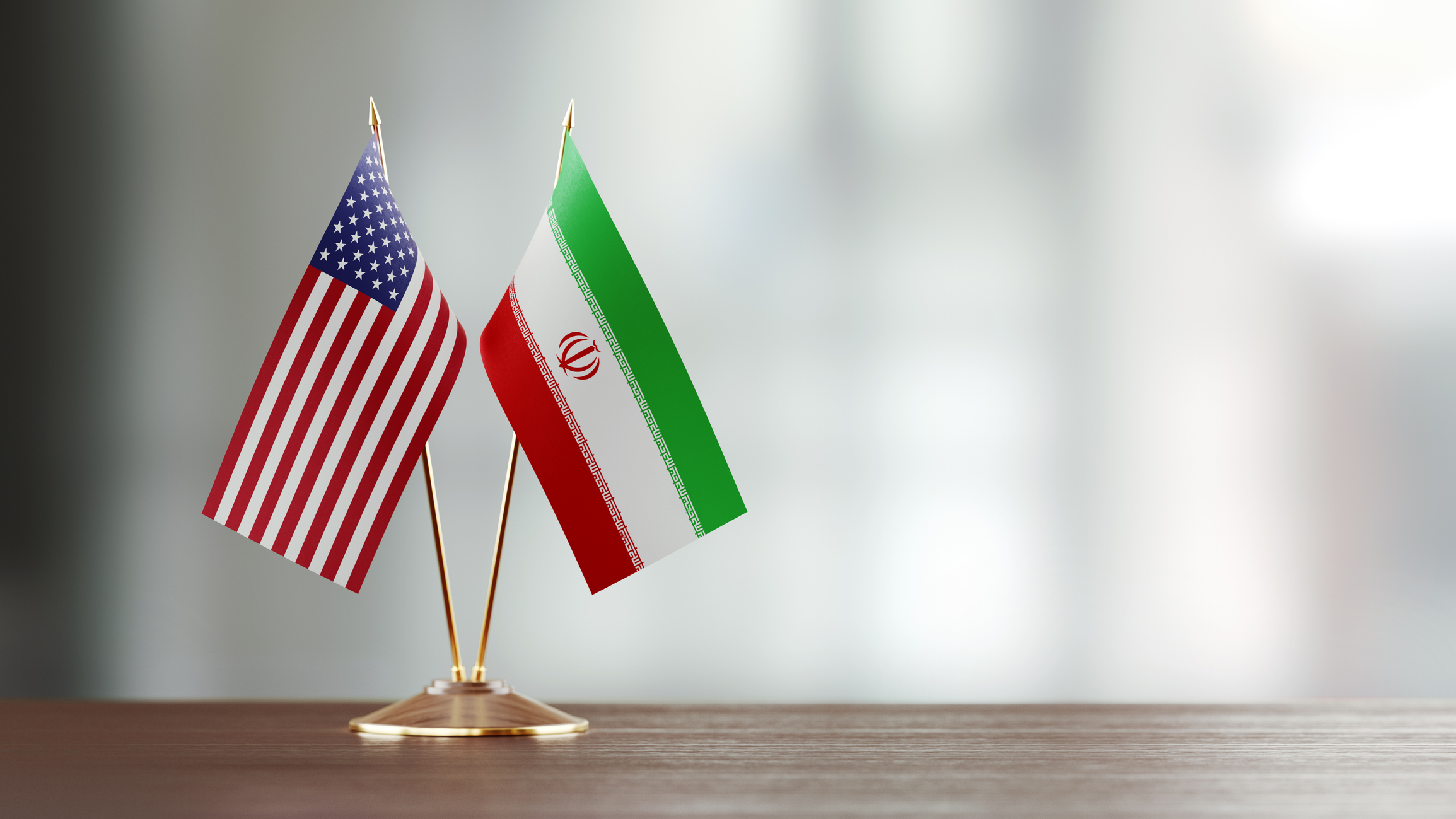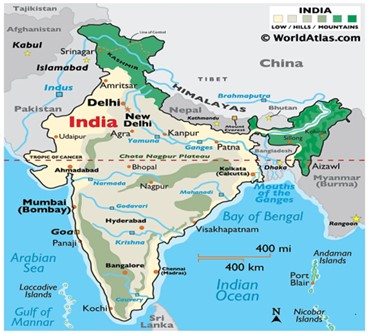
THE CEASEFIRE IN GAZA : WHO IS LIKELY TO BENEFIT?
 Mon, 27 Nov 2023
| Reading Time: 4 minutes
Mon, 27 Nov 2023
| Reading Time: 4 minutes

Customarily, ceasefire in intense conventional operations is rare. The party undertaking the offensive could hardly be keen to cause a break in the tempo of operations, where the time in which operations are to be completed is the crucial factor. The attacker usually employs the concept of simultaneity and application of maximum resources to prevent the defender from being able to generate a cogent response. A ceasefire in the middle of such operations is therefore rare unless there is political breakthrough by third party intervention with an impending possibility of success leading to conflict termination. There is another contingency in which a ceasefire could be negotiated; a severe humanitarian situation warranting external intervention but usually agreement for this is subject to the status of operations.
In the context of the operations in Gaza undertaken by Israel, after suffering one of the most horrendous trans-border attacks against its military and civilian personnel on 7 Oct 2023, has shown little remorse in the choice of its targets while targeting Hamas. It has drawn criticism from around the world for its determination to employ military resources against all targets without differentiating between the innocent and the culpable. There is yet another factor which is significant here in the negotiation towards ceasefire. This is the hostage issue. Hamas has 254 people, foreigners and Israelis included, held as hostages. It wishes to ensure that Palestinians held in custody by Israel are released in exchange for these. This provides the motivation for acceptance of a ceasefire by Israel. Its low population base makes the life of every single citizen, of great importance. It therefore places greater value on this rather than any other aspect of the response.
The above is the scenario that the US, Egypt and Qatar have encountered while proposing and negotiating a ceasefire between Israel and the militant Palestinian organization, Hamas. The ceasefire came into effect on Friday 24 Nov 2023. Ostensibly its purpose on the part of the international community, led by US, Qatar and Egypt, is to eventually help wind down the conflict, which has fuelled a surge of violence in the occupied West Bank and stirred fears of a wider conflagration across the Middle East. But Israel had the first dampener ready with the announcement that it would resume its massive offensive once the truce ends. There are limitations maintained on the number of hostages to be released by Hamas and this is the key. Israel has also announced that the duration of the ceasefire could be extended if more hostages were to be released. The hostages clearly become the calibration factor here. As per the agreement, 50 hostages will be released in exchange for what Hamas said would be 150 Palestinian prisoners held by Israel. Those freed by both sides will be women and minors but it is known that some of those arrested in the West Bank for stone throwing and anti-Israel protests are also under release. Israel holds almost 7000 Palestinian prisoners in custody for a variety of offences.
What is clear and amply so, is the fact that this war is not going to stop in a hurry. Perhaps there are many who do not wish to see the war stop. It is Israel’s intent to see the last Hamas activist eliminated or at least to dismantle the infrastructure that enabled Hamas to be so well positioned that it could afford to initiate a heinous act killing such a large number of Israeli civilians and servicepersons. That military aim receives a setback by a halt in operations. It is not entirely clear whether the agreement is only on firing and shelling or also on movement. Some minor movements without firing could be executed for improvement of posture. It would draw a response and be counted as infringement. There are no peacekeepers on ground to report or take cognizance of violations; that seems to be left to trust and trust is something in deep deficit here. For Hamas it is an opportunity to redeploy resources especially rocket launchers and reconceal openings in the intricate tunnel system. This is always possible, but we are unaware of the details of drone operations and whether there is restriction on flying these. The Israeli Air Force has apparently made no commitment except not to fly over Southern Gaza.
The operational side is less relevant, it is the humanitarian issue which assumes greater significance. Horrendous scenes of hospitals and residential areas reduced to rubble, displaced people in long bread queues and absence of essential basics such as drinking water and baby food have created a spectre of a humanitarian disaster. Israel won empathy after the heinous Hamas act of initiation of the war but has gradually been losing it after it refused to let humanitarian considerations come in way of its operational intent of eliminating the last Hamas terrorist, at any cost. The ceasefire helps Israel recover a modicum of appreciation from the international community for diluting the operational environment enough to afford at least basic and minimum humanitarian assistance to be extended. Such things need a seeding, a foot in the door, to become larger. Ceasefire affords the opportunity for influential NGOs and UN officials to travel, determine ways of outreach and create better systems for organization of relief items. No humanitarian aid to North Gaza is likely to be allowed where a very limited number of civilians still continue to exist in the intense war zone. The quantities to South Gaza are indeterminate. In fact, this is the bait that Israel will probably use to allow more hostages to be released; the calibration angle, allowing aid in driblets to achieve periodic release. This ceasefire could also lead to establishment of local ceasefire for humanitarian purposes, in a restricted part of the battle zone.
The war is just witnessing the first of ceasefires; many more are likely to follow. The intense phase adopted by Israel cannot continue forever. It will dilute in intensity. It is not capture of territory which is at stake but reduction/neutralization of Hamas capability and that could be a long haul. The current ceasefire is a good trend setter; violations have not been too many. Hamas realizes that without humanitarian assistance reaching the population its own credibility will be severely affected. For now, both parties to the conflict are beneficiaries but the biggest winner is the civilian population and the humanitarian community which has been able to probably stave off a crisis which may have attracted an international intervention. The war will resume but albeit with something more for the US, Egypt and Qatar to consider. More nations may join this effort to convert it to something more meaningful towards peace.
Disclaimer
The opinions expressed in this article are the author’s own and do not reflect the views of Chanakya Forum. All information provided in this article including timeliness, completeness, accuracy, suitability or validity of information referenced therein, is the sole responsibility of the author. www.chanakyaforum.com does not assume any responsibility for the same.
Chanakya Forum is now on . Click here to join our channel (@ChanakyaForum) and stay updated with the latest headlines and articles.
Important
We work round the clock to bring you the finest articles and updates from around the world. There is a team that works tirelessly to ensure that you have a seamless reading experience. But all this costs money. Please support us so that we keep doing what we do best. Happy Reading
Support Us





















POST COMMENTS (0)